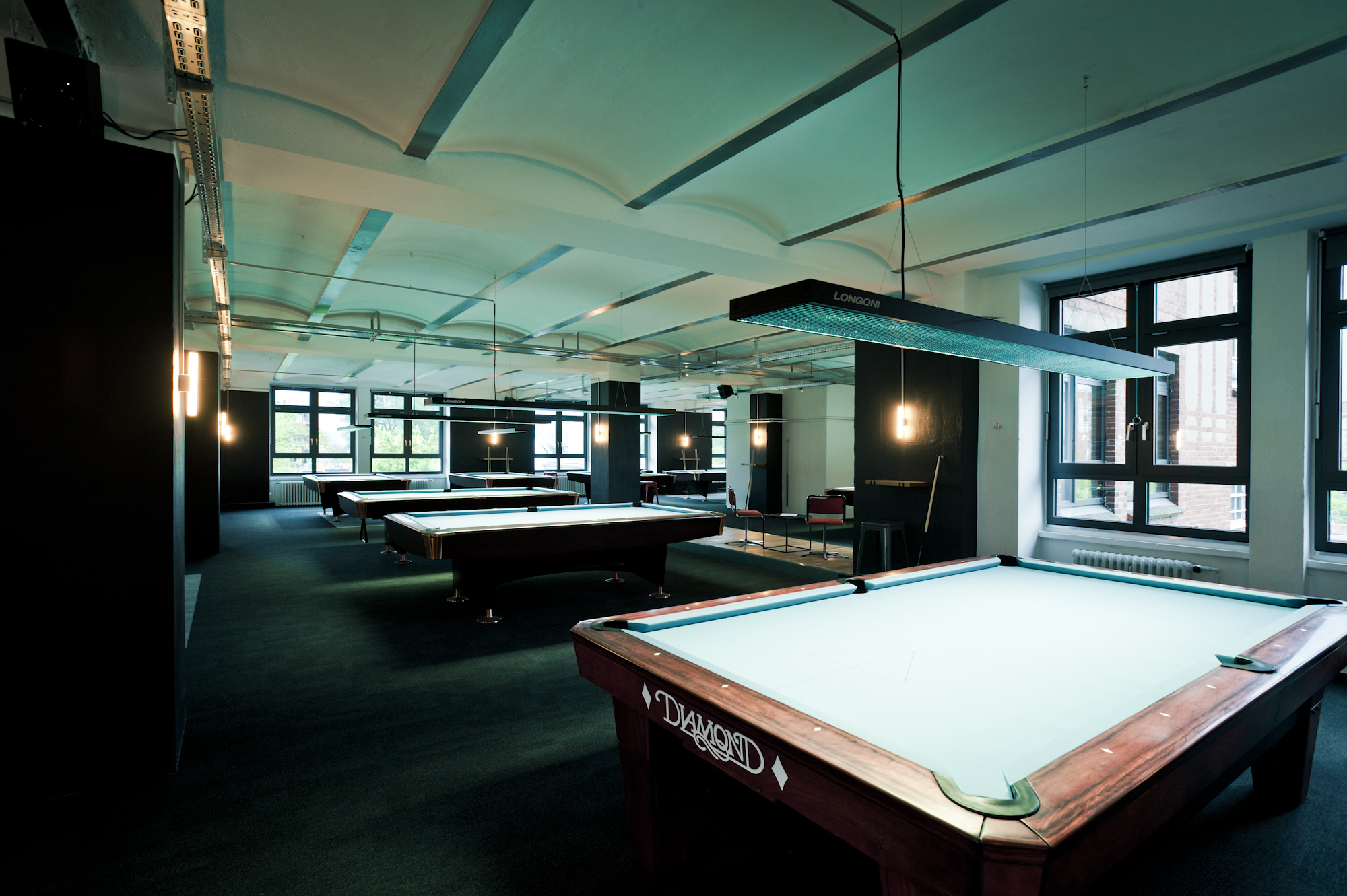Seven What Is Billiards Mistakes You need to Never Make
페이지 정보

본문
1994: Web Crawler search engine, only for Hyper Text Transfer Protocol. 1950: Pilot ACE, Automatic Computing Engine, electronic digital computer by Alan Mathison Turing with Max Newman and others, using numbering base of two and programmable by a kind of assembly language. It was never finished, but it served as a model for some other electro-mechanic computers in numbering base of two (although also some purely mechanic calculators in numbering base of ten continued being made until the 1970's). 1937-1942: ABC, Atanasoff-Berry Computer, by John Atanasoff (Iowa State College), in collaboration with Clifford Berry. If it had been finished, it would have become the first electronic digital computer. Although improvements made in Computing advance at an incredible speed, devices or machines that could be considered as a kind of primitive computers have been projected, or have been tentatively or effectively built, for the last two hundred to four hundred years.
1930: following the ideas that had been explained by Wilhelm Gottfried Von Leibnitz in 1676-1679, Couffignal suggests that calculator machines (or computers) should use a numbering base of two instead of using a numbering base of ten. 1948: Manchester Mark I (not to confuse with Harvard Mark I), electronic digital computer using numbering base of two, phosphor screens and perforated paper tapes, by Max Newman (not to confuse with John Von Neumann). This kind of computers are called "of first generation", which predominated from the 1940's to the 1950's. John Von Neumann developed between 1945 and 1950 the theory of logic circuits (also called "Von Neumann Architecture"), in collaboration with Burks and Goldstine. December 1947: solid state contact point transresistor, made of germanium, by John Bardeen and Walter Brattain (Bell Telephone). 1610-1614: Mirifici Logarithmorum Canoni Descriptio (Marvellous Description of Logarithmic Rules), logarithmic tables for multiplying, dividing, raising to power or extracting root, by John Napier (1550-1617). They took four years of fastidious calculations by pencil and paper, but they were only published in 1644, thirty years after their completion and twenty-seven after the death of Mister Napier. The abacus, device for counting, adding, substracting, multiplying, dividing, raising to power or extracting root by means of stones lined in a groove or of balls threaded in a wire, is of unknown origin.

Gravity assistance. This is a method originally proposed as a means of moving Earth to a higher orbit around the Sun in order to save it from the Sun's inevitable Red Giant expansion. If balanced correctly, the "hat" neither falls into the Sun nor is blown away. With later improvements, Lisp was until the 1990's the most used language for Artificial Intelligence, being still used in the early XXI century. Before that year most programming in any language was done with little or no modular structure, just a single block, maybe jumping lines forward or backward. The system reaches Persia, probably during the government of the Shah Xusraw I Anushiravan (also known as Khusraw, Khosro, or Chosroes), from the year 531 to the 578 or 579, when the relations between India and Persia were frequent. 1989: proposal of a World Wide Web, system of linked information able to work with different kinds of computers, by Tim Berners-Lee and Robert Caillau (Centre d'Etudes sur Recherche Nucleaire, Genevre, Switzerland). Less than 50 computers in operation existed in the world before the IBM 650, but over 1 000 computers of this model were sold.
The rest of the world in 1990 was not yet connected to Internet, but to Bitnet or to some other network, or simply unconnected. The Indian numeral system thus becomes known to Muslim scholars in the Iberian Peninsula in that VIII century, and thence it slowly spreads to the rest of Europe, becoming about the XII century predominant over the Roman numeral system (although Roman numerals are still used today). Therefore computers using other character encodings may render some characters inaccurately, but hopefully, it will still be possible to read non-English words without too much difficulty. This kind of computers are called "of second generation", which predominated from the 1950's to the 1960's. 1951: the contact point transresistor of Bardeen and Brattain is modified by William Shockley (Bell Telephone) and named junction transistor, what is billiards made of germanium. The ideas of Mister Shannon have been since 1937 applied to telephone switches. Those characters, when used in this document, have been encoded as entities of Hyper Text Mark-up Language or sometimes in Unicode UTF-8. About 1945: As We May Think, essay by Vannevar Bush (Massachussetts Institute of Technology, Director of the United States Office of Scientific Research and Development), describing a computer aided hyper text system that he named "Memex", able to find linked information and to insert easily new information by its different users.
- 이전글тар кезең романы неше тараудан тұрады - тар кезең романының қысқаша мазмұны 24.09.22
- 다음글баспасөз сөзіне сөйлем құрау - баспасөз өмір айнасы 24.09.22
댓글목록
등록된 댓글이 없습니다.